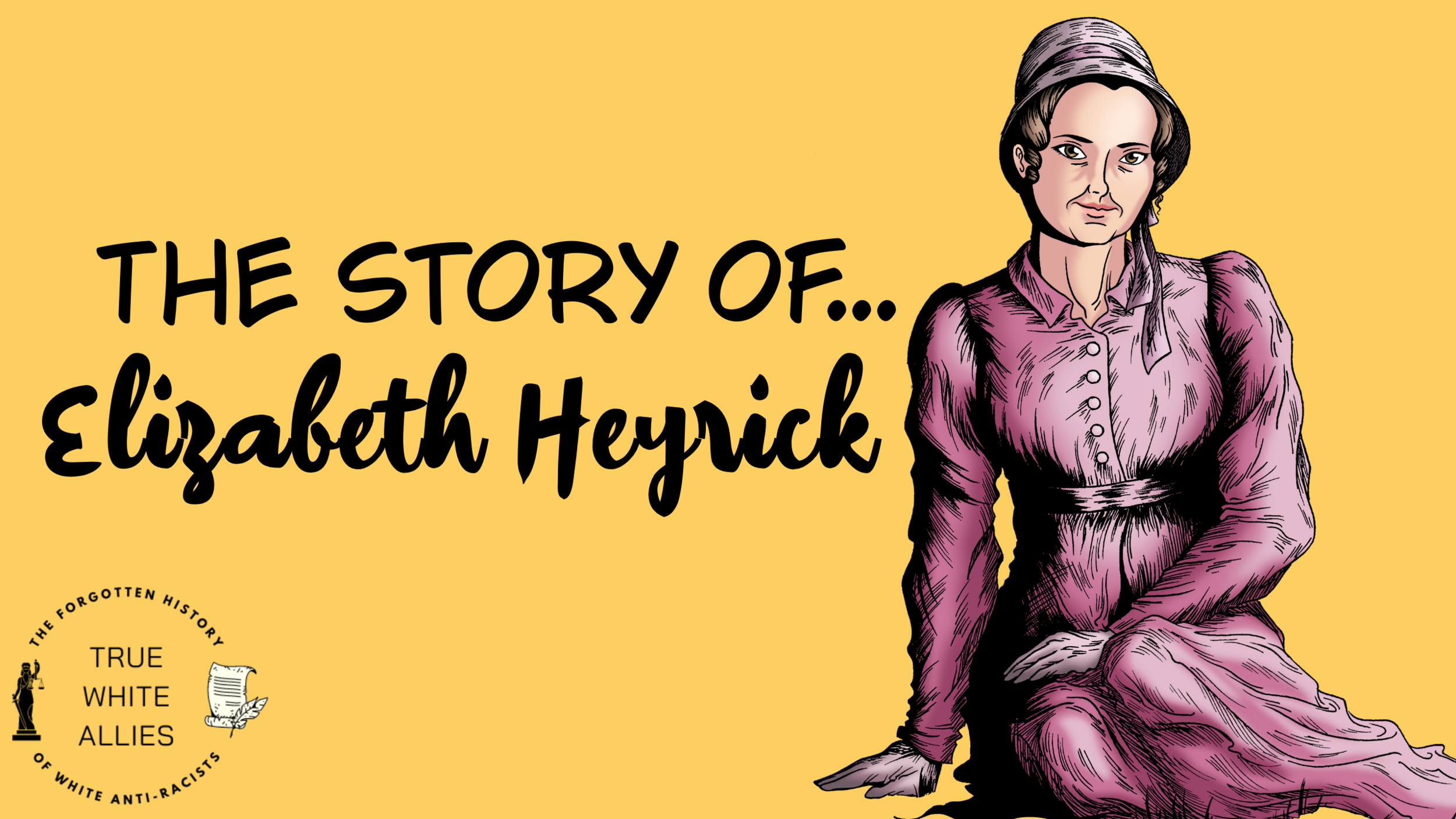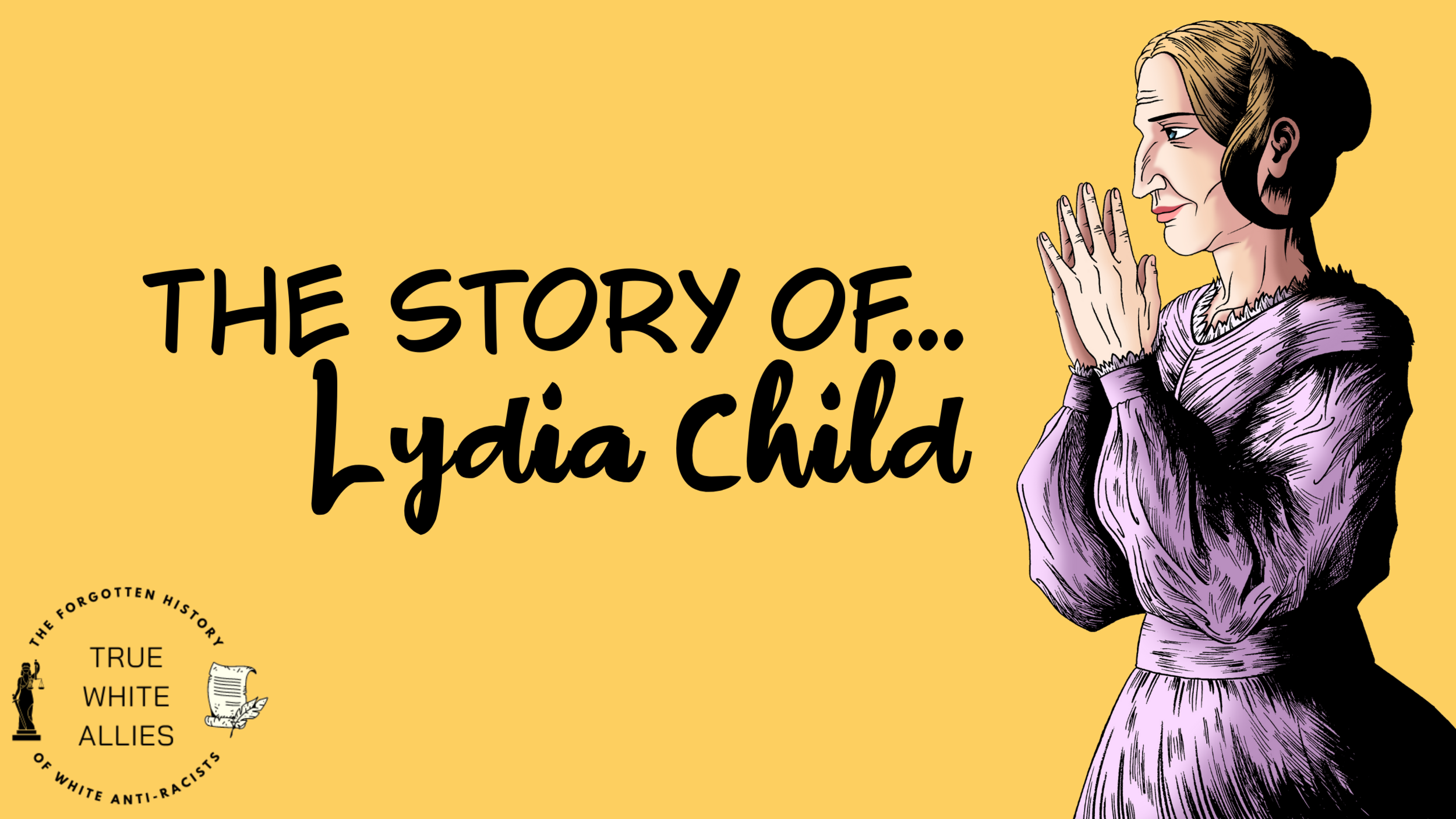The Story of Joseph Sturge
What can you learn from him?
If you're trying to learn how to be a true ally, you might head to social media or talk to people you admire. But did you know that many of history's most critical true allies aren't the ones we talk about the most? Unfortunately, it's true – many pivotal anti-racists are often left out of the conversation. That's why you've probably never heard of Joseph Sturge.
Joseph Sturge was a 19th-century Englishman who bucked the conventions of his day to fight for equality for Black people in Jamaica and throughout the British Empire. He spoke out favouring pacifism, the universal emancipation of enslaved people, and working-class rights. By learning more about his life and following his example, we can better understand how to be a white ally.
Who was Joseph Sturge?
Joseph Sturge was born in Elberton, Gloucestershire, back in 1793. He was the fourth of twelve kids born to a pious Quaker couple. He farmed alongside his family until his early 20s, when he refused to serve in the military due to his pacifist beliefs. He soon moved to Birmingham and went into business with his brother Charles.
Though a successful businessman, he left the grain importing business in 1831 to focus on politics and the social causes he championed. Most importantly, he believed in ending all slavery, including indentured apprenticeships. What is an example of an ally, you might ask? You don't need to look any further than Joseph Sturge.
Understanding Gradual Abolition
Britain passed the Abolition of the Slave Trade Act in 1807. That made it illegal for anyone to trade enslaved people within Britain, but people were still in slavery throughout the Empire. In 1833, the country passed the Slave Emancipation Act, which finally gave all enslaved people throughout the British Empire their rightful freedom.
But did you know that British enslavers received compensation from the government for their "losses"? Yep – that's the equivalent of about £17 billion today, which the country had to borrow from lenders.
And guess what – the British government only finished paying off this massive debt in 2015. You can check University College London's database to see who was compensated for this repayment.
The Slave Emancipation Act wasn't all it was cracked up to be. While it technically freed enslaved people, it created an apprenticeship system that meant they had to work for their former owners as 'apprentices.' This meant that field hands had to work in an apprenticeship for six years and household labourers for four years. Children below six years old were immediately freed.
In some Caribbean islands, like Antigua, enslavers realised they could save money by paying their apprentices a salary instead of feeding and housing them. This was, in effect, still slavery. The Act called it "gradual emancipation," and those in favour argued that it would 'teach enslaved people how to be free' by freeing their apprentices and paying them a salary instead of feeding and housing them.
But most enslavers did not follow suit – they insisted on keeping their apprentices in bondage and refusing them complete emancipation. Joseph Sturge thought this was unconscionable. He fought for the immediate freedom of apprentices, not a slow and gradual process.
Joseph Sturge Organized the World's first Anti-Slavery Convention.
Sturge was frustrated by the slow progress and hypocrisy of the Slave Emancipation Act. So, between 1834 and 1837, he sailed between the different Caribbean islands to learn more about the apprenticeship system to expose its unfairness better and push for its immediate abolition.
He worked with freed people, helping them build their homes in "Free Villages." Plantation owners refused to sell land to emancipated people, so missionaries purchased land plots to help them form communities. These communities weren't under the control of their former enslavers.
One such Free Village was named Sturge Town in honour of Joseph – it was established in Jamaica in 1838, and it still exists today!
Joseph Sturge published a series of books about his beliefs, and he and other radical abolitionists demanded the end of the apprenticeship system. As a result, the government bumped the emancipation date to the 1st of August 1838, freeing thousands of people more than a year sooner than the Act had initially mandated.
Of course, slavery was still rife in the Americas and other parts of the World, so Joseph carried on with his important work. In 1840, he organised the World's first Anti-Slavery Convention in London. While women weren't technically allowed to attend, they came anyway – they were examples of allies at work.
During the Convention, the organizers discussed ways to end slavery internationally. Soon after, Sturge travelled to the US and gave lectures to encourage people to work together for emancipation.
One more thing – Joseph's sister Sophia was also an influential abolitionist! She founded the Birmingham Ladies Society for the Relief of enslaved people, and Joseph later named his daughter after her. Later, the junior Sophia Sturge supported the Irish Home Rule movement and campaigned for a free Ireland. Being a true white ally ran in the family.
How was Joseph Sturge a True White Ally?
Joseph Sturge could have sat back and let the clock tick down on the apprenticeship clause in the Slave Emancipation Act, but he was angry about the injustice and cruelty of this scheme. Instead, he spoke out, travelling the globe and teaching others about the horrors of slavery.
Even when he got what he wanted, he saw that slavery was still rife around the World. Even when it would have been easier to give up, he kept fighting for what he knew was right.
Quick Takeaways – How to Follow Joseph Sturge's Example
Hold leaders accountable – Joseph Sturge didn't back down from a fight – he stood up to leaders and those in power and found ways around their racist policies. If we want to follow his lead and be true white allies, we need to hold our leaders accountable for eliminating racist laws and creating anti-racist ones. Find organizations working to tackle inequality in your community and support them.
Speak to the people affected by inequality – Far too often, we see well-meaning white people trying to speak on behalf of affected groups without consulting them first. What might seem like a good idea may not help or benefit marginalized people. Follow Joseph Sturge's example and work closely with the people affected by inequality before you start planning how to ‘help’ them.
Advocate for policies that improve equity and access for everyone at work – If you want to learn how to be a good ally, you need to speak up. You must hold your organization accountable for its diversity policies. After all, if policies are in place but no one actions them, they might as well not be in place at all.
Do you want to learn more about how to improve equity in your workplace? Do you want support on how to be anti-racist in the workplace? Click here to learn how you can join us on our mission to be anti-racist in the workplace.



